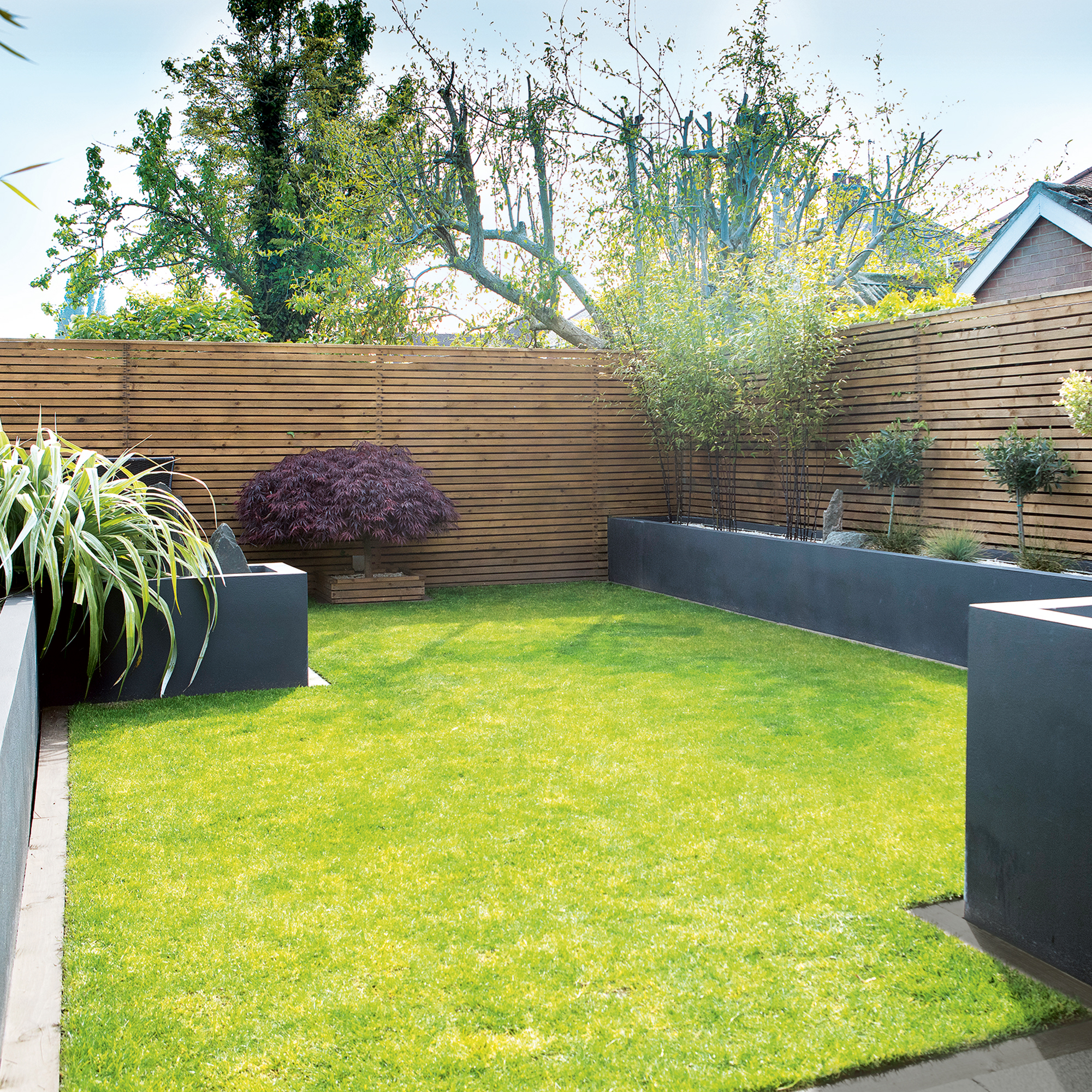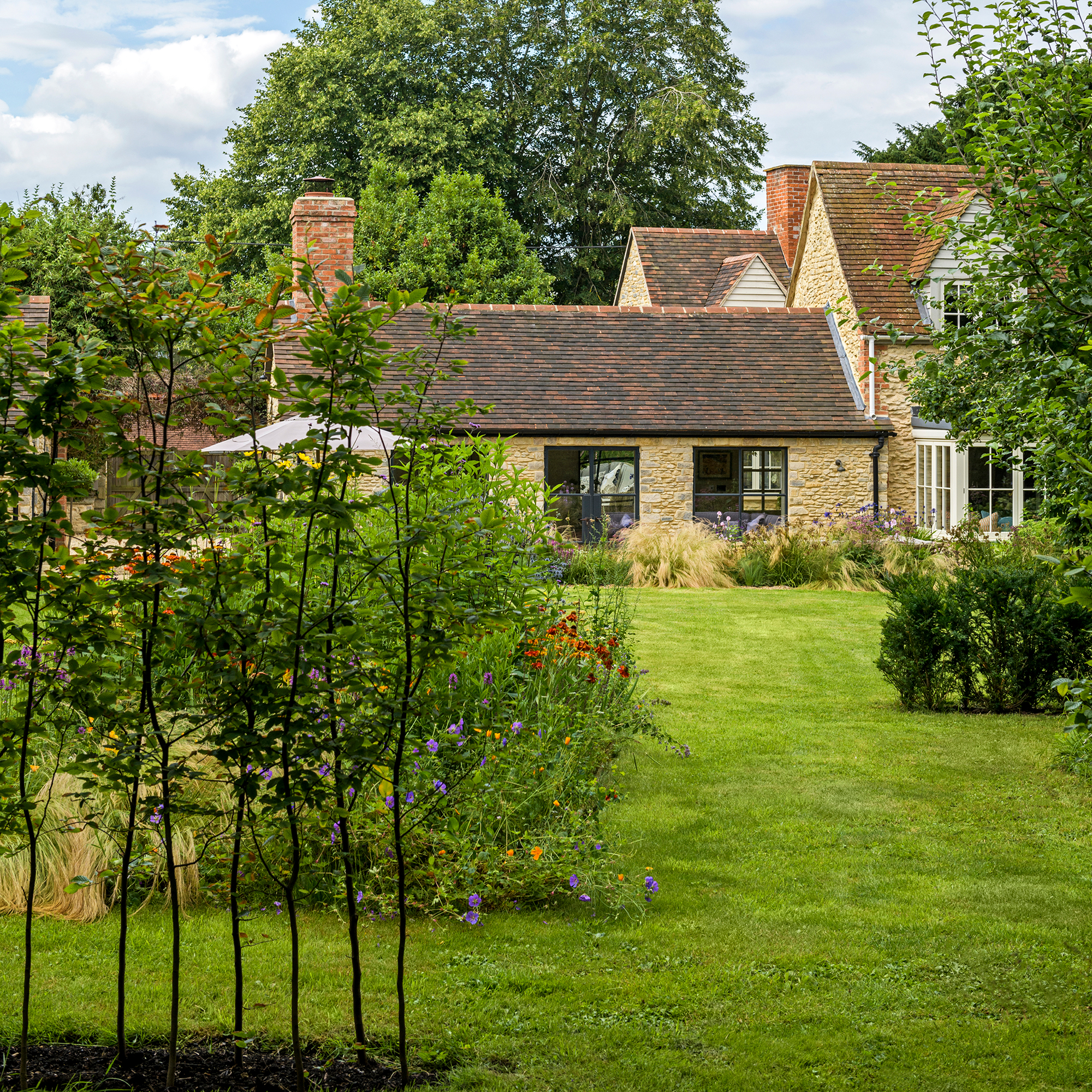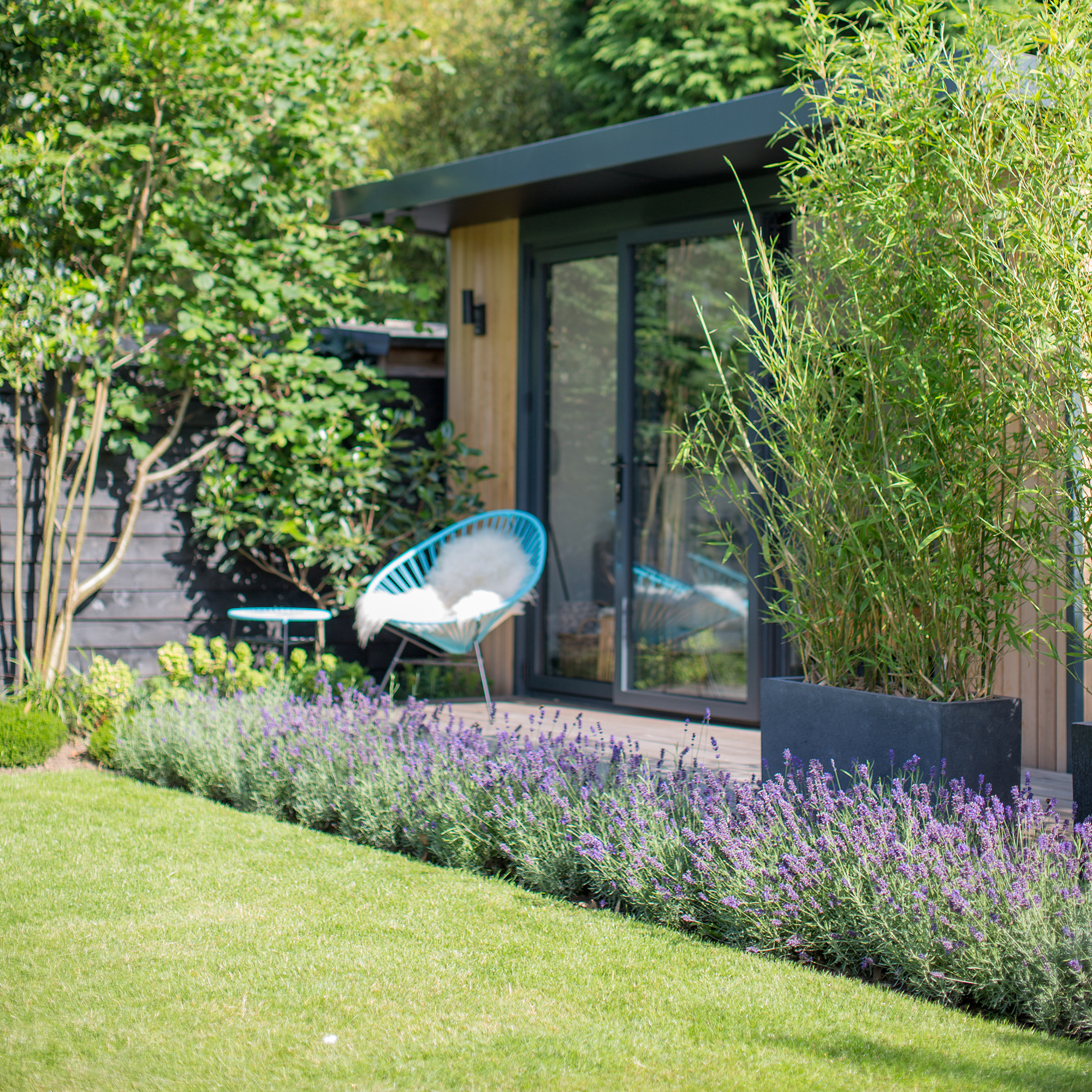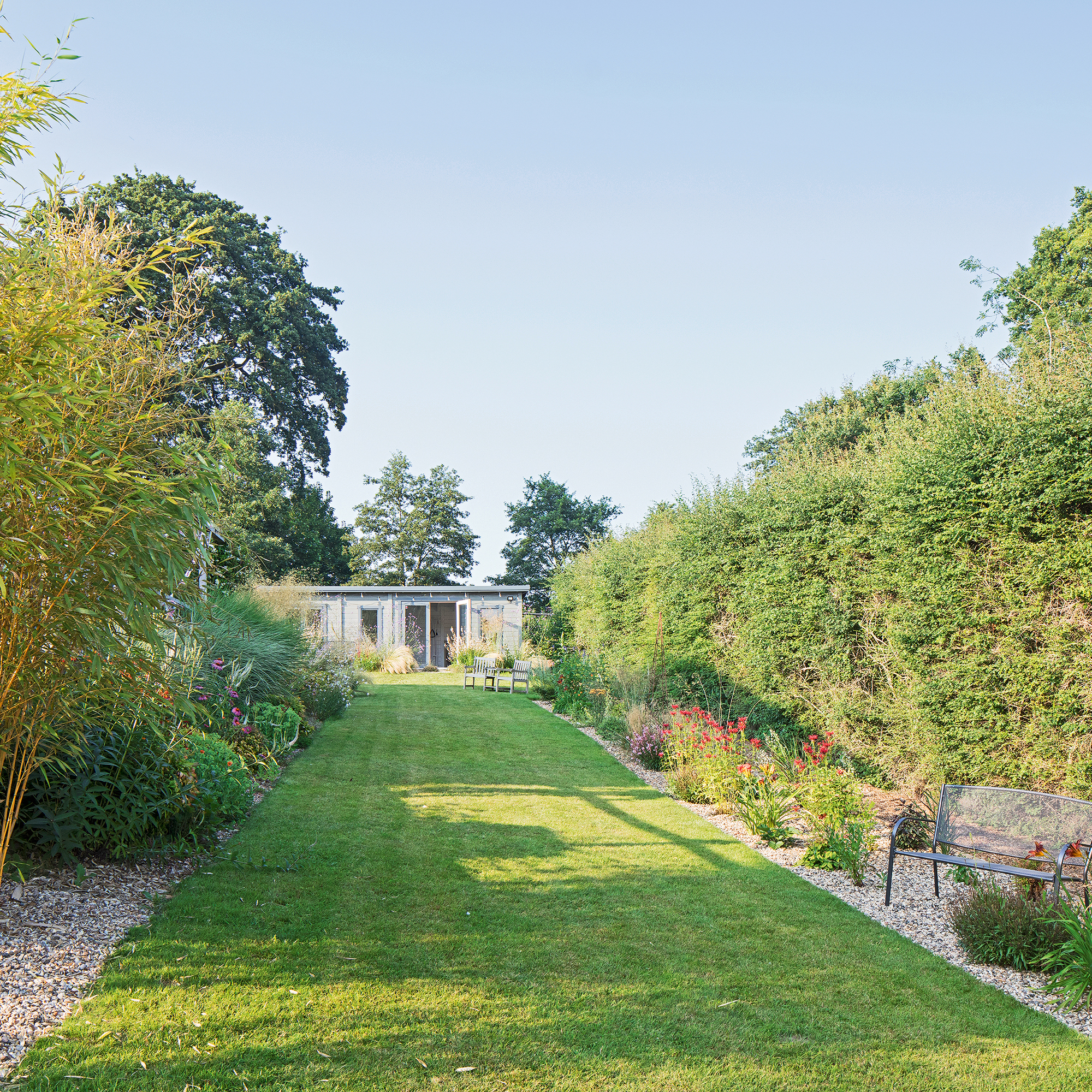
Timing is always important, and rarely more so than with planting so we've been wondering when is the best time to sow grass seed?
With longer days and more hours of sunshine we're looking forward to spending more time in our garden ideas, lazily stretched over the lawn. But at which point in the year do you need to start prepping for this?
We've spoken to the gardening experts to ask them when we should be getting this job done - and how to do it right.
When is the best time to sow grass seed?

So. First thing's first - when is the best time to sow grass seed? 'The best time to start sowing grass seed to prepare your lawn for summer is from March to May,' states Chris Bonnett, the founder of Gardening Express. 'That’s the optimal period for grass seeds to germinate, as the weather conditions are favourable and the soil is warm and moist.'
But what about if you miss this window - is there another chance?
'Autumn (August-October) is perfect for sowing grass seed because the soil is still warm from summer, encouraging germination,' reassures Sean Lade, director of Easy Garden Irrigation. 'Additionally, the cooler temperatures and more frequent rainfall help to keep the soil moist, ensuring that the grass seed has the right conditions to grow.'
'It is also possible to sow grass in the summer months, it’s less than ideal due to the higher likelihood of dry spells, which can negatively impact germination and establishment,' adds Sean. 'If you are going to sow seed in the summer, make sure you set up a good sprinkler to keep the soil moist. '
Can I put grass seed on top of grass?

Sometimes the questionisn't simply when is the best time to sow grass seed, but what you can actually sow it on top of, like existing grass.
'Overseeding a lawn (adding grass seed to an existing lawn) is pretty straightforward and will bring great results for your garden if carried out correctly,' says Sean from Easy Garden Irrigation.
'It will make your lawn look fuller, eliminate patchy, sparse areas (especially after the dry summer we had last year) and prevent an invasion of weeds from ruining your lawn.'
'Preparation is critical, and the first step is to give the lawn a cut. For long grasses, you will want to scalp it down; otherwise, a regular cut with the best lawn mowers and rake will do fine. '
How do you prepare the ground for grass seed?

'To prepare the soil for grass seed, you should start by removing any weeds or debris from the area,' advises Chris from Gardening Express. 'Then, improve drainage and nutrient distribution by aerating the lawn using a rake or tiller.' We like the lightweight Jardineer rake from Amazon.
'The next step to get the best results is to aerate your lawn,' continues Sean from Easy Garden Irrigation. 'A garden fork will be fine for aerating small gardens. But for larger spaces, you will want to use an aerator tool to make the job quicker and get the best results.'
'Aerating the lawn essentially creates pockets for the grass seed to drop into. If doing this with a garden fork, you want to make your holes no deeper than 8 cm (3 inches).'
'After aerating the lawn to create your seed pockets, you will want to scarify your lawn. You can just use a hard wire rake to do this or rent an electric scarifier if you have a large lawn. The objective is to break up the soil. It needs to go deep enough to create lines in the soil.'
How to sow grass seed

Ok, so now we know when is the best time to sow grass seed and how to get the ground is tip-top condition, so we're ready for the seeding itself.
'The amount of seed needed will depend on the current state of your lawn and its grass thickness, so it is essential to consider this,' advises Sean from Easy Garden Irrigation. 'Make sure you research what the best seed is going to be for your lawn type.'
'If you try to seed by hand, it will not be consistent, so I suggest using a seed spreader to get the best results,' continues Sean After spreading the seed, we must ensure it has good contact with the lawn. I find using a semi-firm brush over the area does a good job.'
'To get lush and healthy grass, you need to make sure to scatter the seeds as evenly as possible,' elaborates Chris from Gardening Express. 'Check the seed mix package for weight per square metre and weigh out the required quantity of seeds according to the size of your lawn.'
'A good rule of thumb is to divide the seeds in two and scatter one batch first, so you have a chance to check for uneven spots and make amends when you’re overseeding.'
Should you water grass seed?

'Although not essential, adding a thin layer of soil over grass seed can be beneficial for a few reasons,' answers Sean from Easy Garden Irrigation. 'The first and obvious reason (in my eyes, anyway), is to protect the grass seed from being eaten by birds.'
'In addition to being protected from birds, though, a thin layer of soil can help ensure the grass seed is in direct contact with the soil, which is crucial for successful germination. It will also help retain moisture in the soil, promoting even better germination.'
'To cover grass seed, you can use a thin layer of topsoil, compost, or even a fine layer of peat-free compost. Be careful not to add too much material – you only need a light covering, around 3-6 mm (1/8-1/4 inch) in depth. Rake the material gently over the seeds to ensure even coverage.'
Do I need to put soil on top of grass seed?

'The last piece in the puzzle is to ensure you gently water the area immediately after and continue to water regularly for the next few weeks to ensure germination,' concludes Sean from Easy Garden Irrigation.
'Depending on the weather and amount of rainfall you receive, you may alter this to avoid overwatering. If you haven’t considered this already, an automatic watering system is going to be much more efficient at watering regularly, saving you both time and reducing water consumption.'







